Hawaii River Restorations Reflect National Desire to Protect Water for Public Benefit
Using public trust doctrine, communities restore streams diverted for more than 100 years.
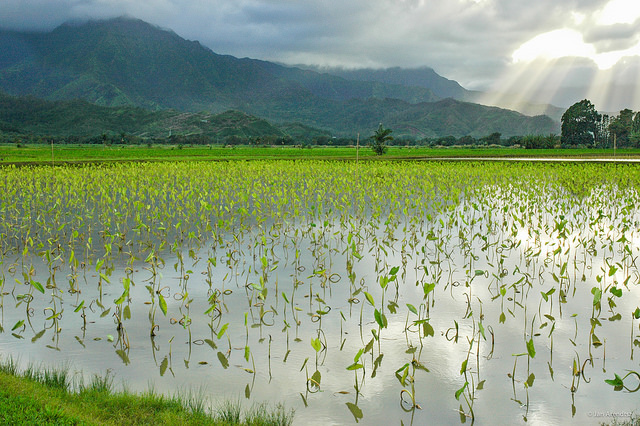
By Codi Kozacek
Circle of Blue
Streams that have been drained dry for more than a century flowed again on the Hawaiian island of Maui last week following the return of water diverted to supply sugar plantations in the island’s arid central plains. The restorations are the result of a series of legal challenges to the commodification of Hawaii’s water—by state law a resource held for the benefit of the public—and are part of a national trend to protect tributaries and groundwater resources that support cultural, ecological and recreational water uses.
Starting this month, up to 10 million gallons of water per day are being sent into ‘Iao Stream, and 2.9 million gallons per day are flowing to Waikapu Stream, both part of Maui’s Na Wai ‘Eha—Four Great Waters—watershed. In April, Hawaii’s State Commission on Water Resource Management ordered the Wailuku Water Company to release the water as part of a settlement agreement with local community and environmental organizations. The water company had been using the diverted water to help supply the Hawaiian Commercial and Sugar Company, land developments, and the Maui County Department of Water Supply. With permits, the company will still be allowed to divert excess water above the minimum requirements the settlement created for in-stream uses.
Beginning in the 1800s with the arrival of Western colonial powers, extensive canal and tunnel systems were built on the six inhabited Hawaiian Islands to capture water flowing through steep, coastal mountain valleys and redirect it inland to supply sugar and pineapple plantations. In many cases, entire streams were diverted, drying up culturally significant taro fields that fed native Hawaiian communities and disconnecting ocean fish and shrimp species from their river nurseries. Only one commercial sugar plantation remains in Hawaii, but an estimated 90 percent of Hawaii’s streams are still being diverted.
There is a definite connection between what is going on in Hawaii and the movement across the world to view water as a basic human right versus water as property.”–Isaac Moriwake, attorney
Earthjustice Mid-Pacific Office
Efforts to restore river systems drained by agriculture are gaining traction globally—from North America’s Colorado River Basin to Australia’s Murray-Darling River Basin—and local community and environmental groups in Hawaii have spent the past two decades fighting to put water back in island streams. To do so, they have relied on the public trust doctrine—a principle of community resource protection that is a tenet of both ancient Hawaiian law and Western common law—to argue that Hawaii’s water should be used for the benefit of all, not only of private companies. The public trust doctrine has been preserved in the state’s constitution and the State Water Code, and Hawaii is one of the leaders in a national effort to use it for conservation. The streams on Maui, part of the Na Wai ‘Eha—Four Great Waters—river system, are the latest to receive water due to a public trust case.
“There is a definite connection between what is going on in Hawaii and the movement across the world to view water as a basic human right versus water as property,” Isaac Moriwake, an attorney for Earthjustice’s Mid-Pacific Office who co-lead the Na Wai ‘Eha case on Maui, told Circle of Blue. “In Hawaii, we have some of the strongest laws in the world reaffirming that water is a public trust, but the gap between that law and the actual reality on the ground is sometimes staggering.”
Public Trust Cases Evolving to Protect Groundwater and Tributaries
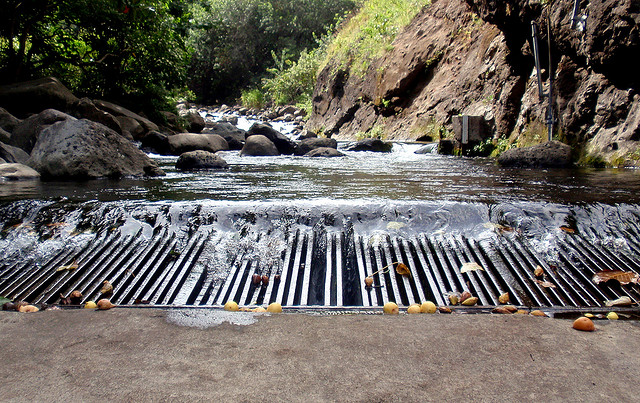
The Na Wai ‘Eha case is consistent with the the way the public trust doctrine has traditionally been applied to protect cultural and environmental benefits provided by rivers and other bodies of surface water, according to Jim Olson, president and founder of the Michigan-based nonprofit FLOW and an expert on public trust law. Now, several states—including Hawaii—are applying the public trust doctrine to preserve groundwater supplies and non-navigable tributaries.
“Science has recognized for some time, and legislators and policy makers are now recognizing, that groundwater and lakes and streams and runoff are all one single hydrological system—affecting one would affect another,” Olson told Circle of Blue. “The trend has been to take traditional public trust cases, which recognized the public’s right to surface water, and apply that law to groundwater.”
The trend has been to take traditional public trust cases, which recognized the public’s right to surface water, and apply that law to groundwater.”–Jim Olson, president and founder
FLOW
A primary example is California, where the state Legislature passed a package of laws that will force local agencies to curb groundwater use for the first time. Excessive groundwater pumping, mostly by the state’s agriculture industry, has dried up residential wells during the state’s three-year drought. Other states enforcing public trust protections for groundwater and small tributaries include Vermont and Wisconsin.
“It is interesting because what is happening—in Vermont, in Hawaii, in California, in Wisconsin—points to a trend,” Olson said. “Any tributary water, whether groundwater or a non-navigable stream, if that is impacted or diminished and the navigable portion is affected, it violates the public trust.”
More Cases Pending in Hawaii
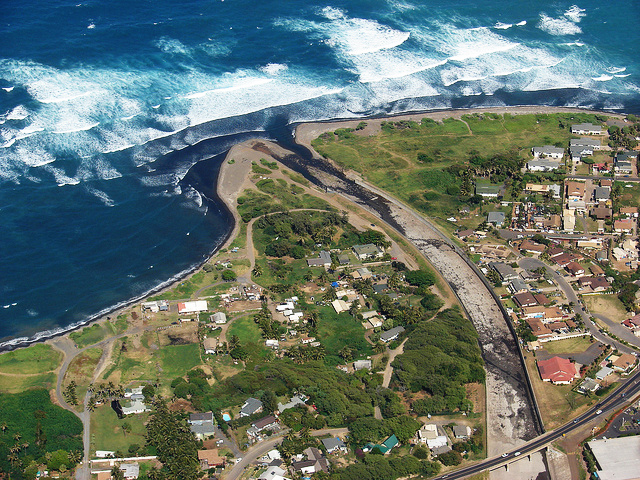
In Hawaii, where many aquifers rely on stream flows to recharge, efforts to return diverted water to natural streams are far from finished. A case involving diversions for the East Maui Irrigation System is heading into hearings, and a case filed on Kauai in 2013 is seeking to restore water to Waimea River, one of the largest in the state.
“When plantations go away, there is a lot of water to be restored to the public trust, and yet that is not happening,” Moriwake said. “What is happening is the companies, as they turn into other businesses, are converting to businesses based on controlling and sometimes selling land and water.”
When plantations go away, there is a lot of water to be restored to the public trust, and yet that is not happening.”–Isaac Moriwake, attorney
Earthjustice Mid-Pacific Office
The Na Wai ‘Eha restorations on Maui are seen as a major victory, but also as a reminder of the slow pace of change—Na Wai ‘Eha is only the second successful stream restoration case in Hawaii, following the state’s landmark Waiahole water case on Oahu in 2000 that recognized the public’s right to diverted water. Both restorations occurred because of community legal action.
“It’s a sad statement on the state’s ability to enforce the law because it’s the state’s obligation to make sure rivers and streams are getting the water they need,” Moriwake said. “The reality is that now, 14 years after Waiahole and almost 40 years after the adoption of our constitution, the only in-stream flow standards established in the state are due to litigation.”
A news correspondent for Circle of Blue based out of Hawaii. She writes The Stream, Circle of Blue’s daily digest of international water news trends. Her interests include food security, ecology and the Great Lakes.
Contact Codi Kozacek


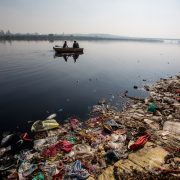
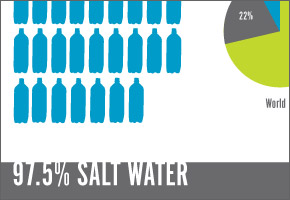
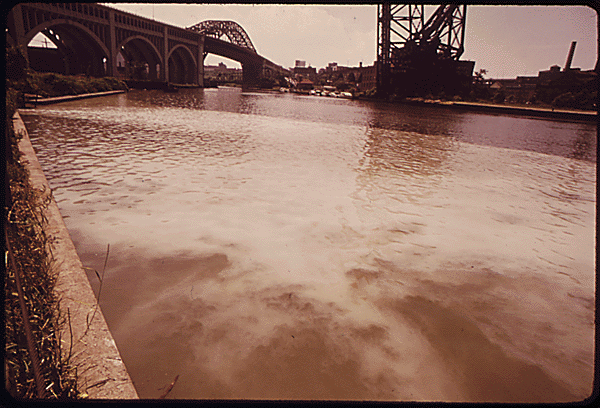

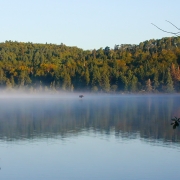

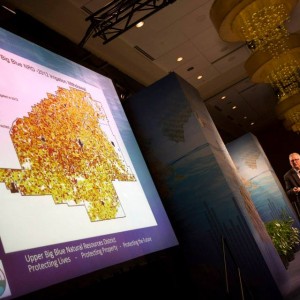
Cory,
I am very supportive of re-opening streams and rivers to their natural courses. There are a tremendous amounts of benefits to the stream banks and local wildlife..
The irony is that in Hawaii uncontrolled storm run off is sometimes detrimental to the coastal waters (brown water alerts) and to re-charging the aquifers, so stream re-openings need to be done with storm water abatement in mind as well…